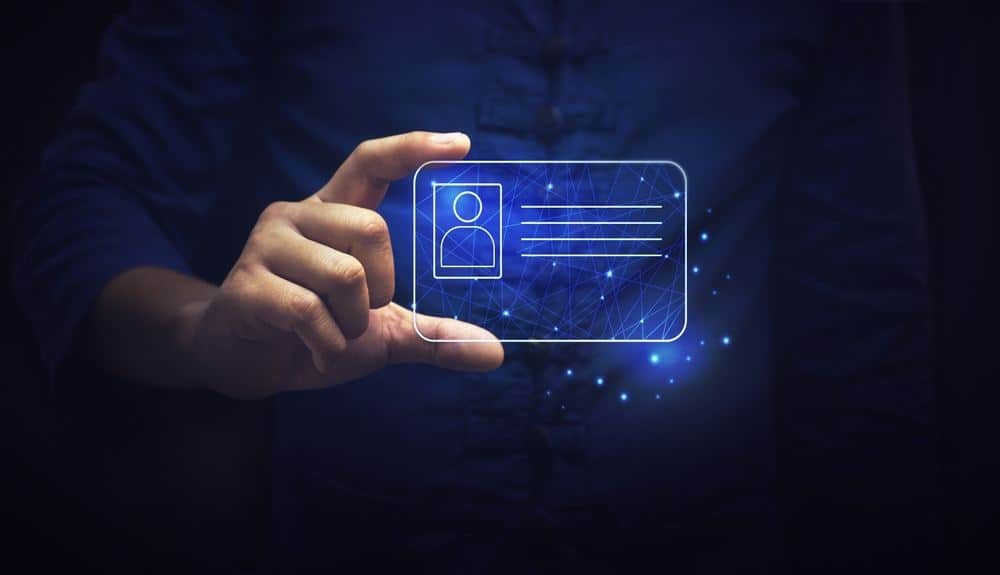A digital identity is a collection of information that represents an individual or organization in the digital world. This information includes personal data, social media accounts, digital signatures, and other elements that enable secure and reliable interaction with electronic services. Digital identity is an essential tool in the modern era for facilitating access to government, financial, educational, and other services.
As for successful experiences, there are several notable examples:
Estonia: Estonia is a pioneer in the field of digital identity, offering a comprehensive system known as “e-Estonia.” This system allows citizens to access government services and vote electronically, enhancing efficiency and transparency.
India: Aadhaar is the largest digital identity system in the world, connecting more than a billion Indian citizens to financial and social services through a unique identification number.
Singapore: Singapore offers the “SingPass” system, which allows citizens and residents to access government and private services easily and securely.
Chile: During the COVID-19 pandemic, Chile used digital identity to quickly and efficiently enroll millions of new beneficiaries in social support programs.
These systems demonstrate how digital identity can improve people’s lives and promote inclusiveness and transparency in societies.
Basic Digital Identity Components:
A basic digital identity consists of several key components that help identify an individual or entity in the digital world and ensure the security of digital transactions. The most prominent of these components are:
Unique Identifier: Such as a national ID number or a digital identity number, used to distinguish between individuals or entities.
Personal Data: Includes name, date of birth, address, and gender, along with any other information that identifies an individual.
Authentication Methods: Such as passwords, digital signatures, or two-factor authentication to ensure secure access.
Digital Certificates: Used to confirm an individual’s identity in digital transactions and electronic signatures.
Privacy and Data Control: Tools and procedures that give users control over how their data is used and shared.
Digital Interface: Applications or portals that enable interaction with a digital identity, such as mobile apps or websites.
These elements work together to provide security, reliability, and efficiency in the digital world.

How is digital identity used in e-government?
Digital identity is an essential part of e-government infrastructure, facilitating the secure and efficient delivery of government services online. Digital identity is used in many ways, including:
Accessing public services: Digital identity allows citizens to access services such as birth registration, renewing personal documents (passport or national ID), and applying for social support programs.
Identity verification: Through electronic verification methods such as digital signatures or two-factor authentication, citizens can easily confirm their identity when conducting transactions with government agencies.
Electronic voting: In some countries, digital identity is used to enable citizens to vote online securely and transparently, such as in Estonia.
Electronic payment: Digital identity is used to process taxes, pay government fees, and settle bills through secure platforms.
Transparency and anti-corruption: Digital identity contributes to reducing bureaucracy and enhancing transparency by connecting citizens directly to government services without intermediaries.
Health and education data management: Digital identity is used to access medical and educational records, facilitating communication with health systems and schools.
Access to Unified Government Platforms: Digital identity provides unified access to government service portals, reducing the need to create separate accounts for each entity.
This integration between digital identity and e-government aims to improve citizen experience and enhance efficiency and transparency in service delivery.
AI: Technological Revolution or Existential Threat?
How Does Digital Identity Impact Privacy and Security?
Digital identity has a significant impact on privacy and security, with both positive and negative implications. Let’s look at both aspects:
Impact on Security
Enhancing Security:
Using two-factor authentication and encryption technologies makes digital identity more secure.
Digital signatures and certificates help prevent forgery and identity theft.
Single Sign-On reduces the need for multiple passwords, reducing the likelihood of hacking.
Fighting Fraud:
Suspicious activity can be quickly detected using AI and big data technologies.
Facilitating Breach Recovery:
In the event of identity loss or account compromise, data can be easily recovered due to well-thought-out recovery systems.

Impact on Privacy
Advantages:
Users can control how their data is shared and who can access it.
Encryption ensures that data is used only for the intended purpose.
Challenges:
There may be concerns about data misuse by governments or companies.
A data breach can have serious repercussions if not managed properly.
Balancing Security and Privacy
To maintain balance, transparency principles must be adhered to and privacy-focused technologies (such as Privacy by Design) must be used.
Laws and regulations such as the General Data Protection Regulation (GDPR) are essential to ensuring protection.
Digital identity is radically transforming how services are delivered and how we interact with the digital world, but its success depends on finding this balance between privacy and security.

How does digital identity impact individuals and societies?
Digital identity has a profound impact on individuals and societies, offering significant benefits but also presenting challenges that must be wisely managed. Let’s review the key aspects of this impact:
Impact of digital identity on individuals
Ease of access to services:
Enables individuals to access government, financial, health, and education services quickly and efficiently.
Saves time and effort compared to traditional processes.
Empowerment and inclusion:
It helps include disadvantaged groups in the economic and social system, such as those without official documents.
Personal security:
It provides strong authentication tools that reduce the risk of fraud and identity theft.
Control of personal data:
It gives individuals the ability to manage and share their data securely and responsibly.
Impact of digital identity on societies:
Improving transparency and efficiency:
Enhancing trust between citizens and governments by providing secure and transparent transactions.
Increasing productivity and economic development:
Facilitating e-commerce and digital services fosters economic growth.
Improving Public Service Delivery:
Enables more efficient and cost-effective government services.
Promoting Social Integration:
Helps reduce social gaps by providing opportunities for all.
Potential Challenges:
Privacy Risks:
If data is misused, it can affect individuals’ trust in the system.
Digital Divide:
Some groups are unable to access digital identity due to a lack of technology or knowledge.
Cybersecurity Risks:
They can be vulnerable to hacking if systems are not properly managed.
Outlook:
With appropriate policies and technologies in place, digital identity can be a powerful tool for improving people’s lives and promoting justice and innovation in society.











